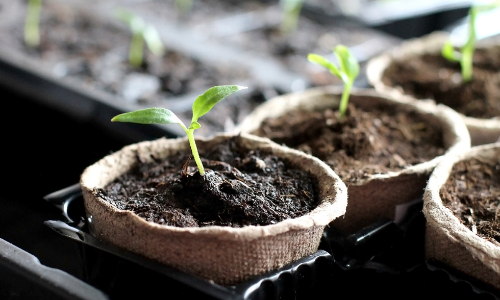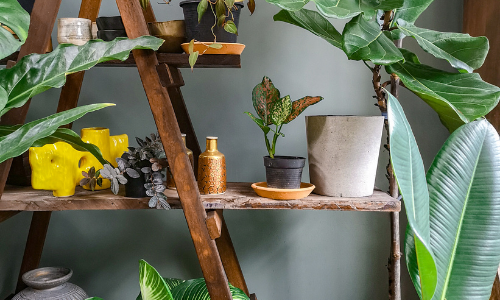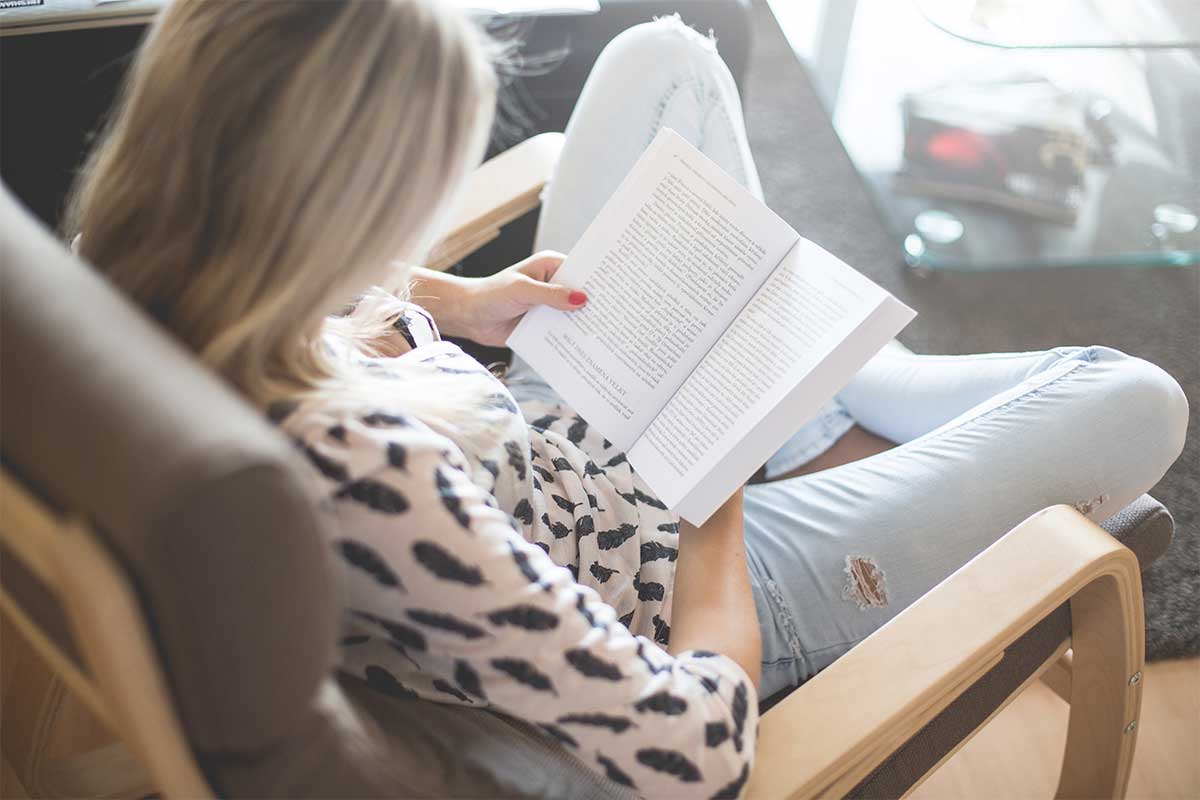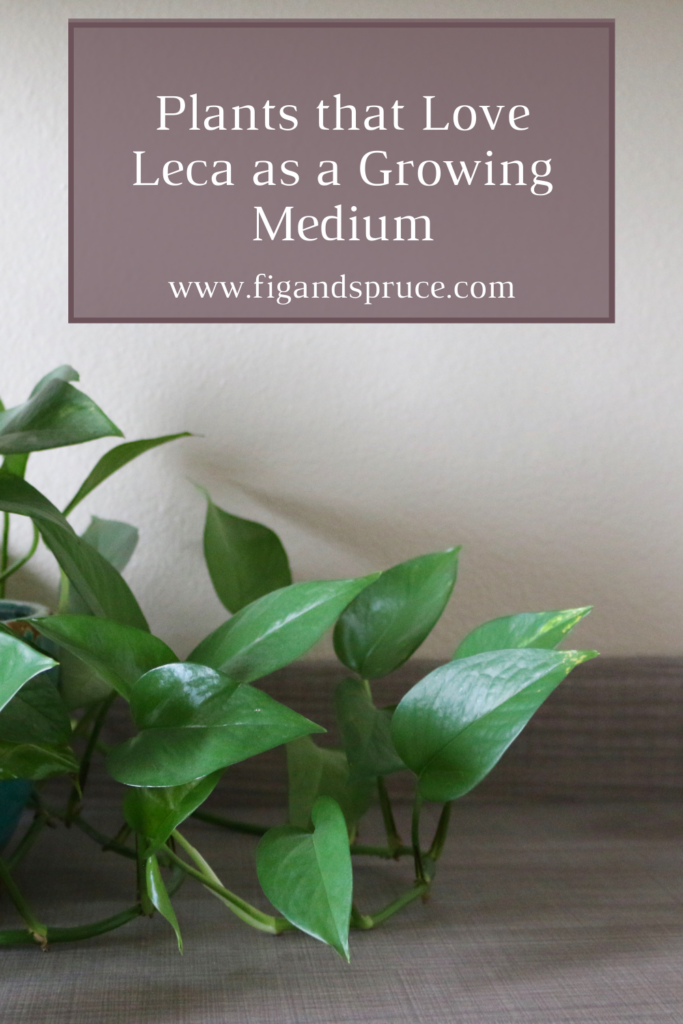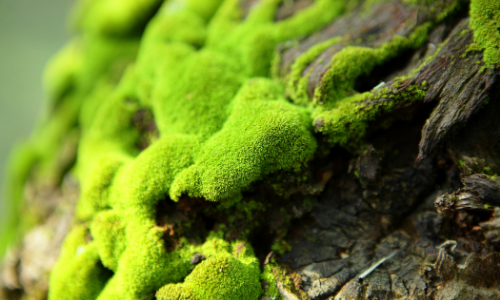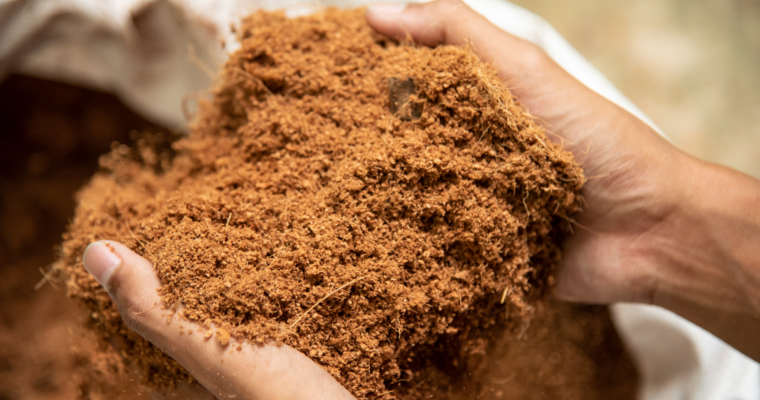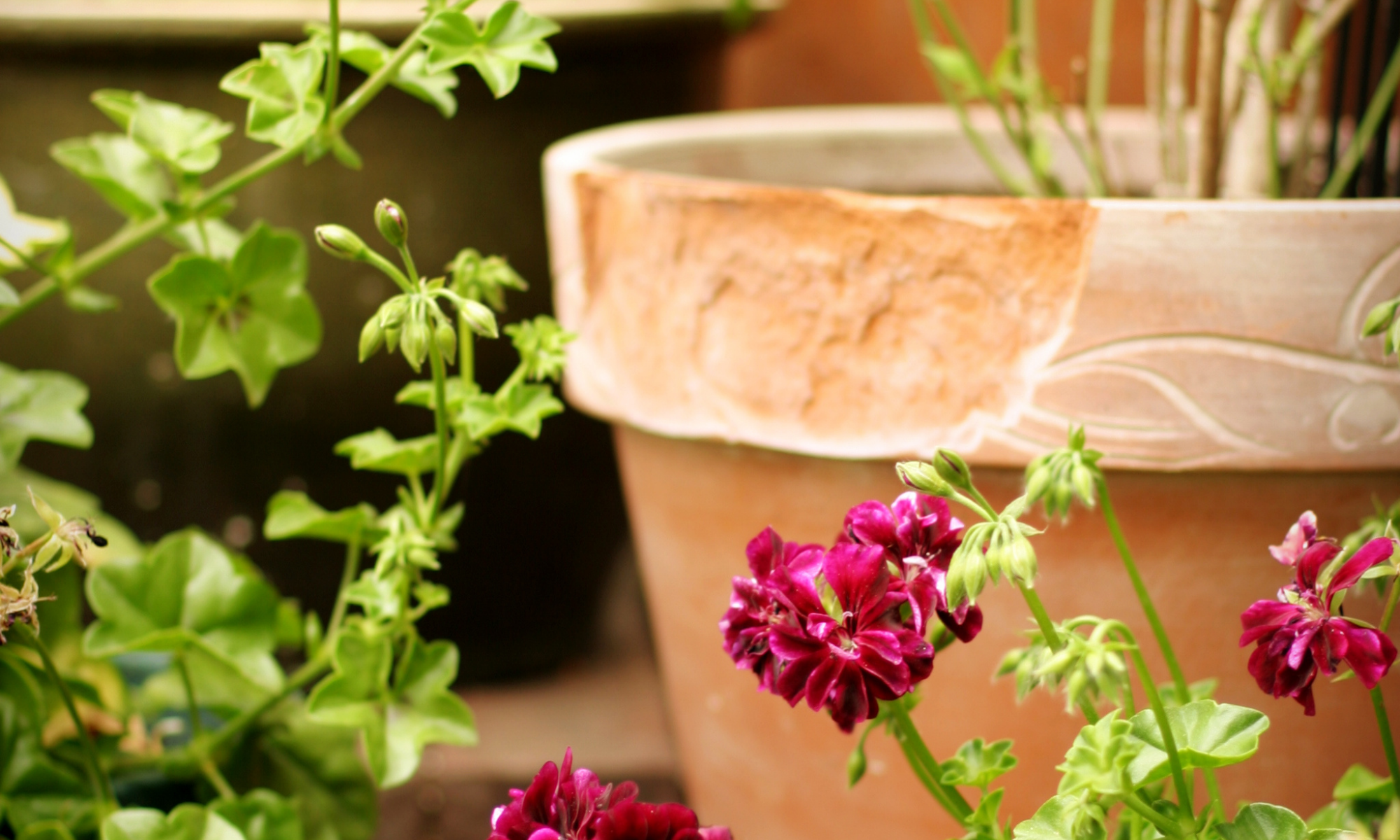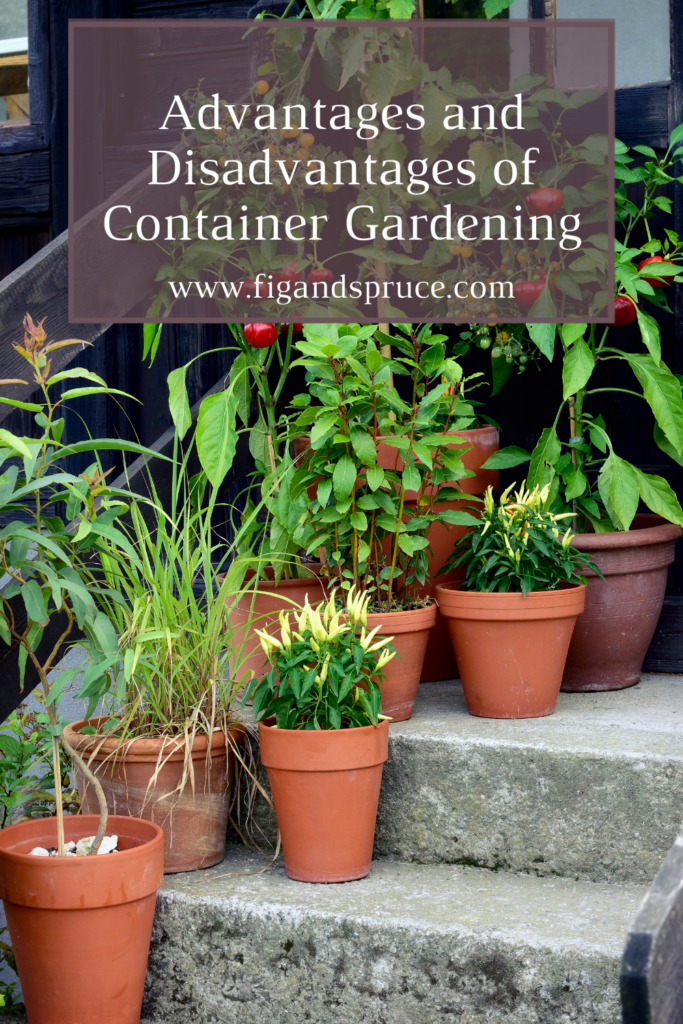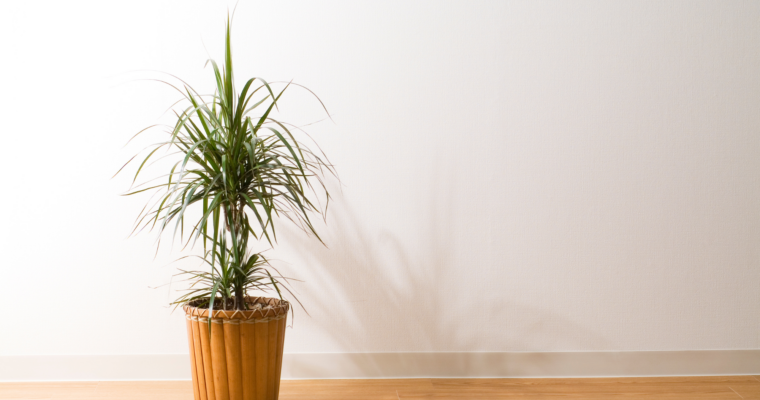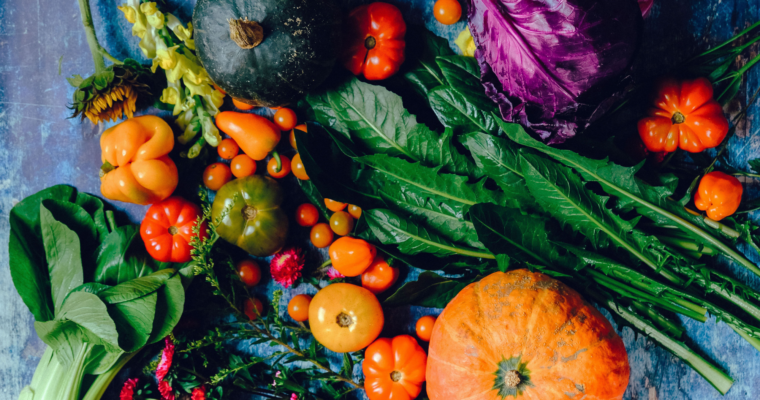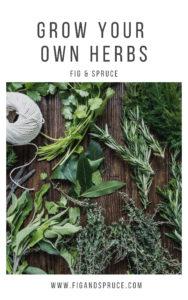Do I need a Grow Light to Start Seeds Indoors?
If you’re new to gardening indoors, you might have the question: Do I need a grow light to start seeds indoors? Getting the right amount of natural light is a common question or issue that new gardeners face. In this article we’re covering how much…
